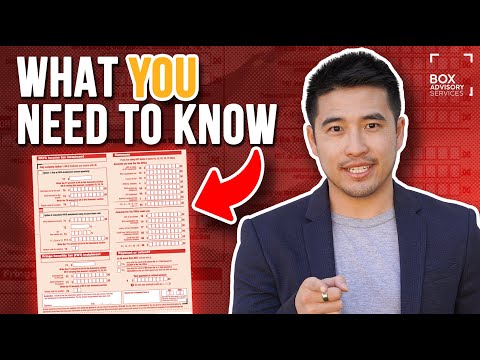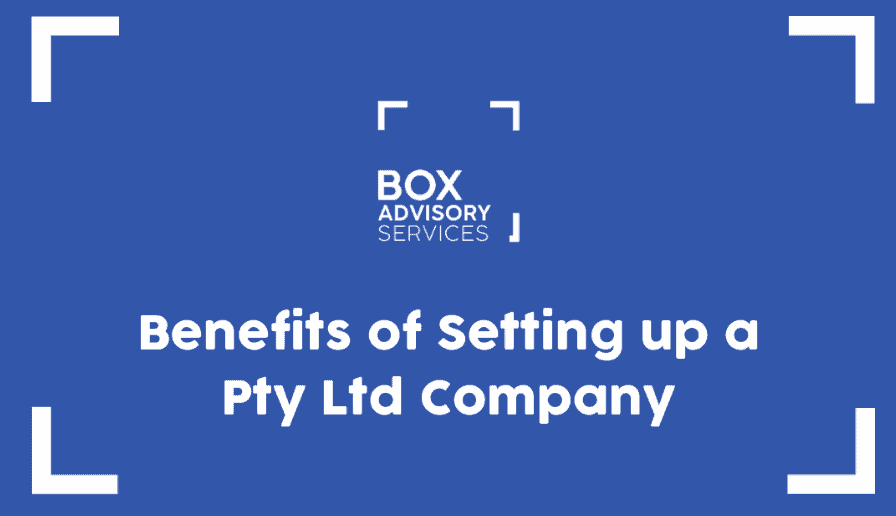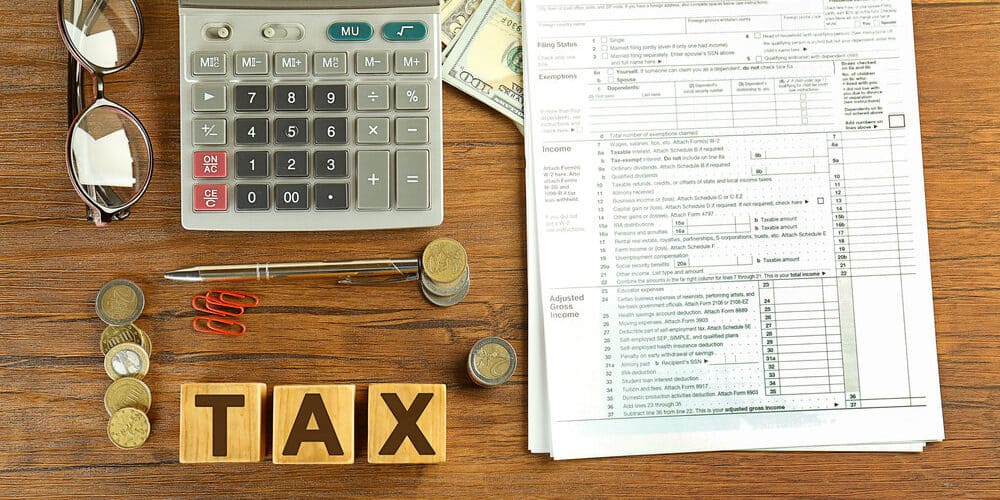
BY
|
Getting To Know PAYG for Employees
As an Australian employee, you’ve probably heard the term PAYG mentioned when discussing your pay and taxes. But what does it mean, and how does it affect you?
In this article, we’ll break it down for you so you can understand your obligations and entitlements.
What is PAYG?
PAYG stands for “Pay As You Go” and is the system used in Australia to withhold tax from employee wages and salaries through PAYG withholding. This means employees meet their end-of-year tax liability by having a portion of their income tax withheld from each pay.
Employers must calculate and withhold the correct amount of PAYG tax and send it to the Australian Taxation Office (ATO). This means you don’t get a big tax bill at the end of the financial year because you’ve been paying your income tax incrementally throughout the year.
PAYG has been part of the Australian tax system since 2000, when it replaced the old PAYE (Pay As You Earn) system. The change was introduced to simplify the tax system and make it easier for employees and employers to manage their tax obligations.
How PAYG Withholding Works
So, how does PAYG actually function in Australia? Here’s a step-by-step overview:
- When you start a new job, you must give your employer a completed Tax File Number (TFN) declaration form. This form includes important information like your TFN and residency status for tax purposes. Your TFN is a unique identifier issued by the ATO and is required to ensure your tax and super are attributed to you.
- Your employer will use the information on your TFN declaration form and your gross pay to calculate the amount of PAYG tax to withhold from each pay. They use tax tables provided by the ATO to determine the correct amount based on your income and other factors.
- The amount of PAYG tax withheld will depend on your total income. The tax-free threshold for the 2024-2025 financial year is $18,200, meaning no tax is withheld on the first $18,200 of your annual income. After that, tax is withheld at progressively higher rates as your income increases. These tax brackets are adjusted annually by the ATO.
- Your employer will withhold the calculated PAYG tax from each of your pays and send it to the ATO, usually quarterly. They will also give you a pay slip showing your gross pay, the amount of PAYG tax withheld and your net pay after tax.
At the end of the financial year (June 30) or when you leave employment, your employer will give you a PAYG payment summary (previously known as a group certificate), which is part of your income statement showing your total earnings and the amount of PAYG tax withheld for the year. You’ll need this information to complete your tax return.
PAYG Instalments vs Payroll Tax: What’s the difference?
Remember not to confuse PAYG with payroll tax. While both relate to employee pay, they are different:
| PAYG | Payroll Tax |
| Withheld from employee wages by employer | Paid by employer on total wages if over a threshold |
| Covers employee’s income tax | A separate tax on employers, not employees |
| Administered by ATO | Administered by each state/territory revenue office |
Payroll tax is a state and territory tax on employers’ wages. It’s calculated based on an employer’s total wages above a certain threshold, which varies by jurisdiction.
Payroll tax thresholds and rates vary by state and territory. For example, for the 2024-2025 financial year in NSW, the payroll tax threshold is $1.2 million in total annual wages, taxed at 5.45%.
Employers should try their best to understand their payroll tax obligations, as not registering and paying payroll tax can result in penalties and interest charges.
PAYG Obligations for Contractors vs. Employees
Your employment status – whether you’re an employee or an independent contractor – has big implications for your PAYG.
If you’re an employer, your employer will withhold PAYG tax from your pay. They’ll also pay superannuation on your behalf and give you leave entitlement, among other things.
But if you’re an independent contractor, your client won’t withhold PAYG tax from your payments. Instead, you’ll be responsible for managing your tax affairs, including making pay-as-you-go instalments to the ATO through the PAYG instalment system. These PAYG instalments are based on your expected income tax obligation accumulated from business and investment income for the current financial year.
You’ll also need to arrange your superannuation and won’t be entitled to employee benefits like annual or sick leave.
The only exception is if you don’t provide an Australian Business Number (ABN) on your invoice. In this case, your client may be required to withhold PAYG tax from your payment at the top marginal rate, which is currently 47% plus the Medicare levy.
Deciding if a worker is an employee or contractor can be tricky, with factors like control, delegation, risk, and the tools provided coming into play. Professional advice may be needed, as misclassifying workers can result in penalties for employers, so it’s essential to get it right as early on in the process as possible.
Key Takeaways
- PAYG is the Australian system that withholds income tax from employee pay, which employers send to the ATO to help employees pay tax incrementally throughout the year.
- The amount of PAYG tax withheld depends on your total income and the information on your TFN declaration form.
- PAYG applies to employees but generally not to independent contractors (unless they don’t provide an ABN).
- PAYG is different from payroll tax, which employers pay if their total wages exceed a certain threshold, which varies by state and territory.
If you have questions about your PAYG obligations and entitlements as an employee, talk to your employer or a registered tax agent. At Box Advisory Services, we’re always here to ensure you remain compliant with the ever-changing ATO guidelines.




